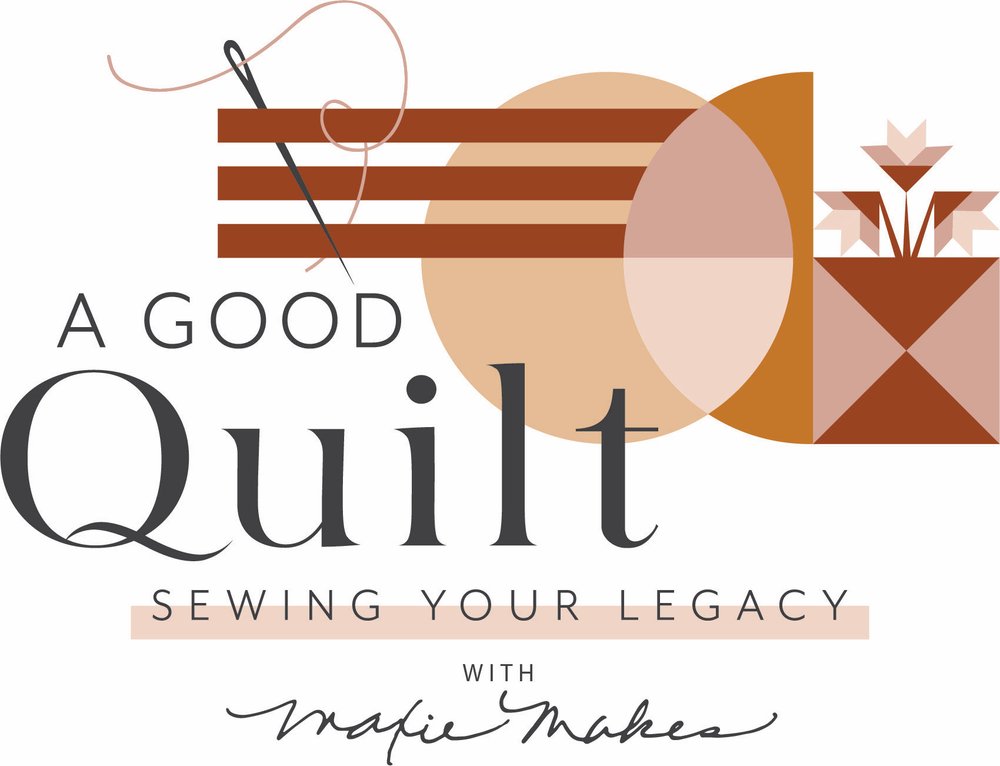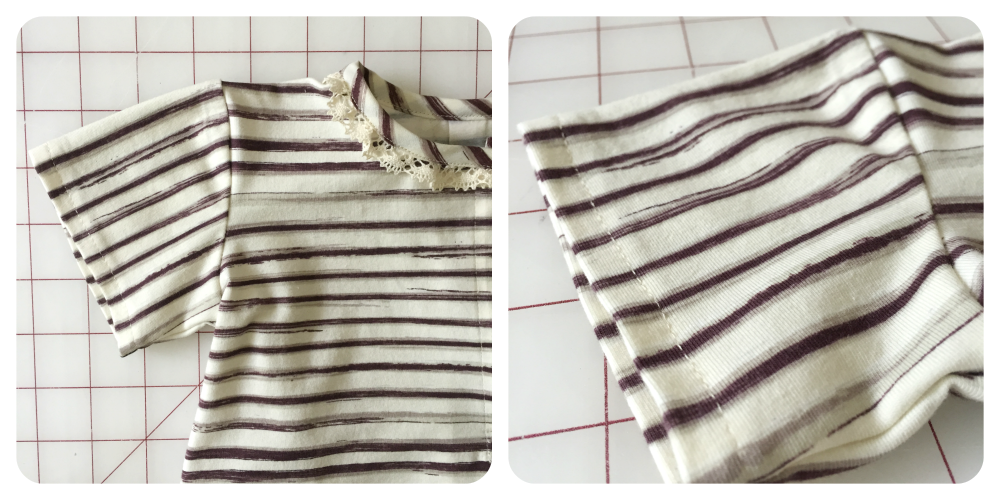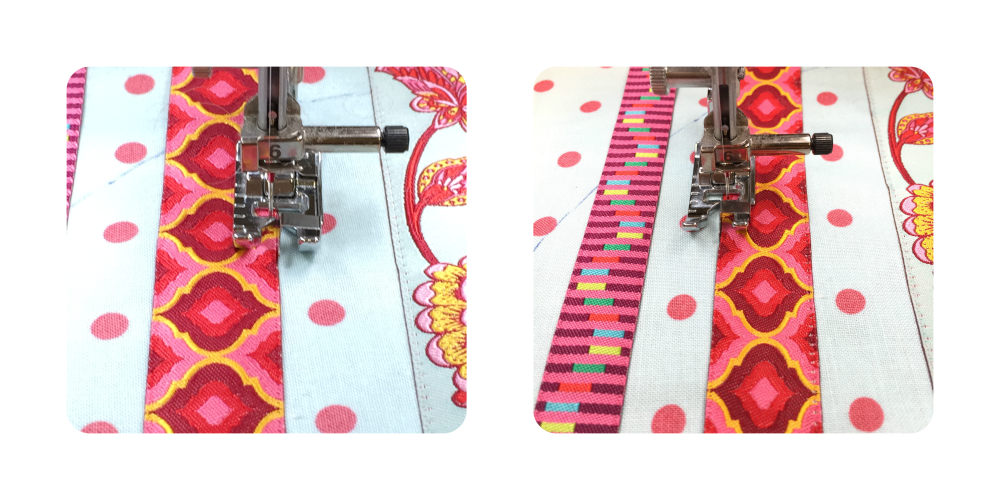This idea didn't originate with me, but it surely resonated with me! When I first saw these beautiful, drapey book-mobiles in a storefront window display, I immediately saw the resemblance to quilted feathers and knew that I'd love to re-create the look in my quilt shop window. When one of my employees challenged the whole staff to create their own special store display, I knew exactly what mine would be!
The first task would be to find the books...books that I wouldn't feel guilty to 'artistically rearrange'. My husband has a fairly big wall in his antique shop filled with old books. I thumbed through them one by one, choosing books that had outlived their usefulness in the literary world. I found three. Game on!
The mobile was very easy to make, and in just a few minutes I had flowing plumes that resembled the quilted feathers I so love! I found a great tutorial by The Pleated Poppy here. I think they would look great in a library or in a child's room, too! My daughter, Bonnie, and I took the idea to Spring Quilt Market, using her upcoming Succulence fabrics in place of the paper pages from the book!
Sort of brings a new meaning to the bookmobile, right?
Thanks for visiting! Happy Sewing and God bless, Maxie















